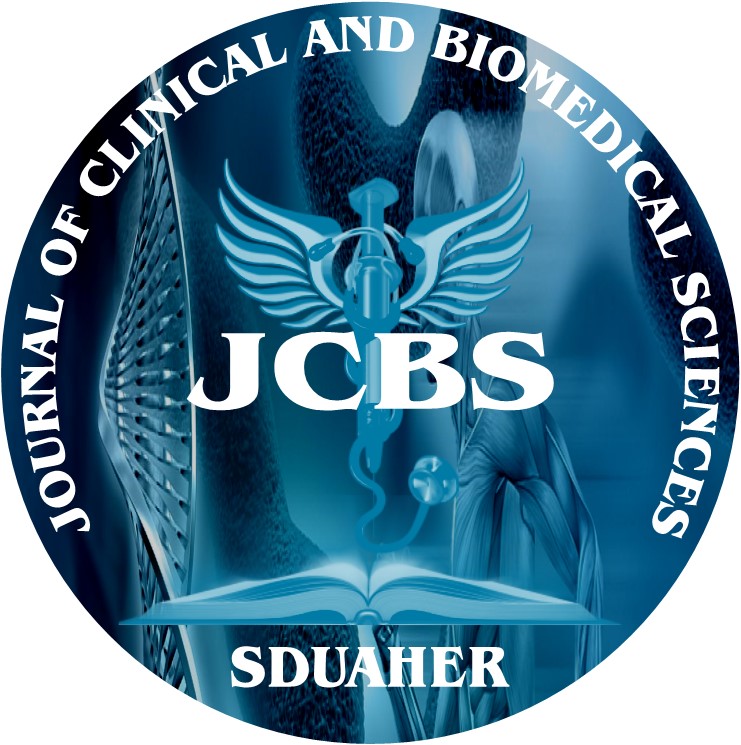


Journal of Clinical and Biomedical Sciences
Year: 2013, Volume: 3, Issue: 3, Pages: 125-128
Original Article
Vidhya R, Parimala S, Beena P M*
Department of Microbiology, Sri Devaraj Urs Medical College, Kolar, Karnataka. India.
*Corresponding Author
E mail : [email protected]
Background: Clindamycin is the commonly used drug for Methicillin Resistant Staphylococcus aureus (MRSA). Due to wide spread use of this antibiotic, it has developed resistance by different mechanisms and hence it is important to detect resistance to Clindamycin. The Clinical and Laboratory Standards Institute (CLSI) recommends D-Test for detecting inducible resistance phenotypically. D-Test is simple, reliable and easy to perform with high sensitivity and specificity. The present study was aimed to detect inducible clindamycin resistance among the isolates of Staphylococcus aureus (S.aureus) by phenotypic method. Methods: Two hundred and eighty five S.aureus isolates from various clinical samples were evaluated and methicillin resistance was determined using Cefoxitin (30 mcg) disc and inducible resistance to clindamycin was detected by D-test as per CLSI guidelines (2011). Results: Among 285 S.aureus isolates inducible resistance was found in 38 (13.33%). Thirty three (23.07%) of 143 Methicillin Resistant S.aureus (MRSA) isolates and 5 (3.52%) of 142 Methicillin Sensitive S.aureus (MSSA) isolates showed inducible resistance. Conclusion: Our study showed that inducible clindamycin resistance is more in MRSA than MSSA, which can be detected by D-test and should be used as a routine test in all microbiology laboratories.
Key words: Clindamycin resistance, Constitutive resistance, Erm gene, MS phenotype, MRSA
Subscribe now for latest articles and news.